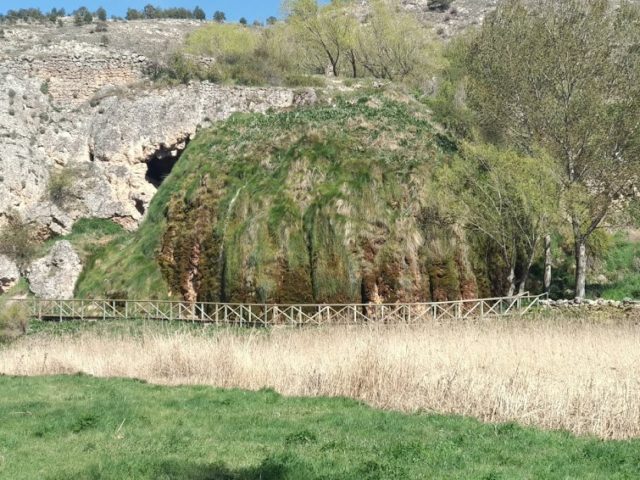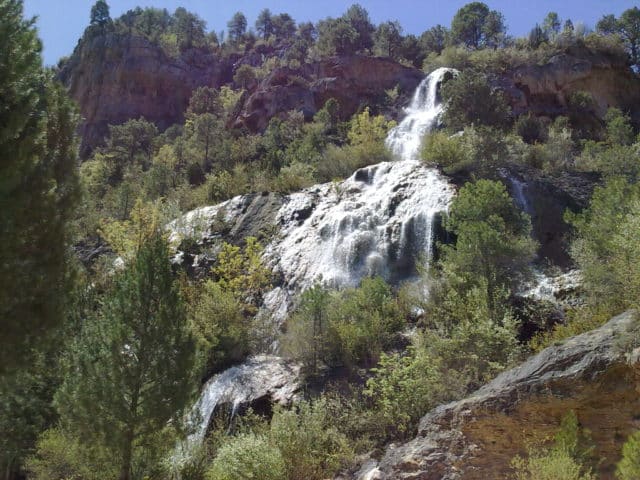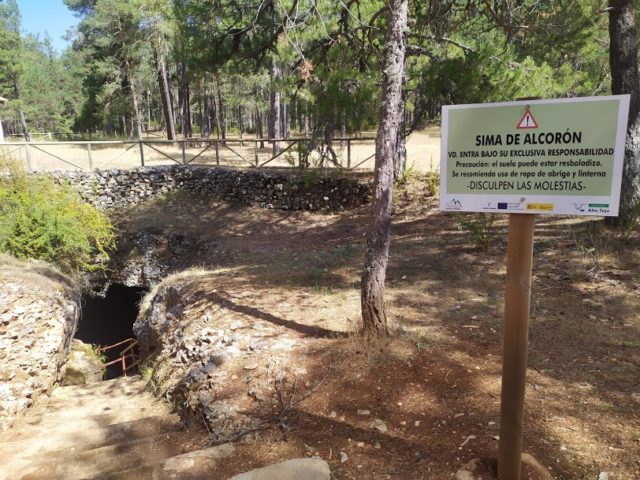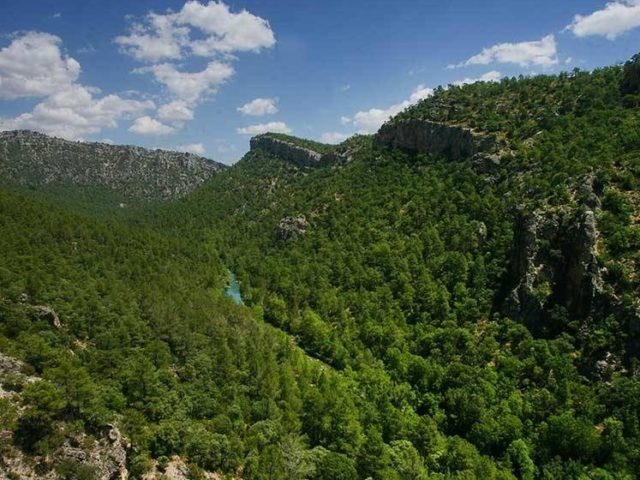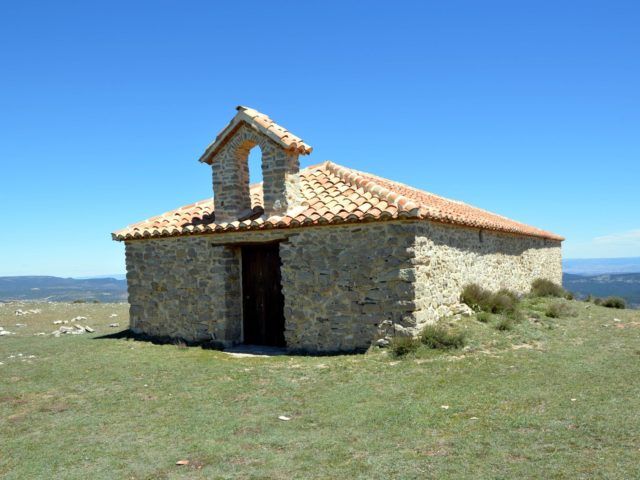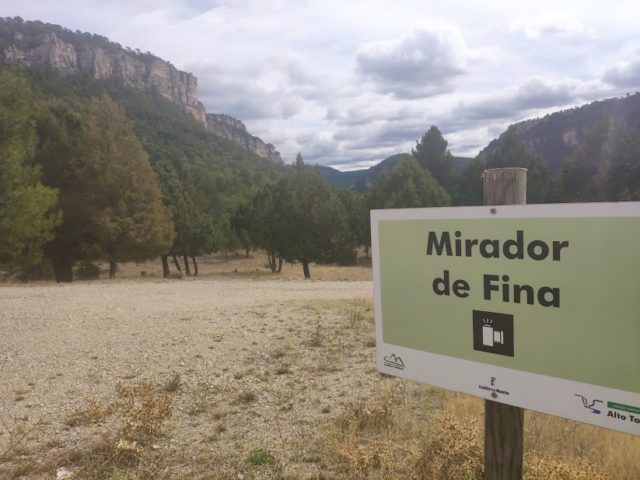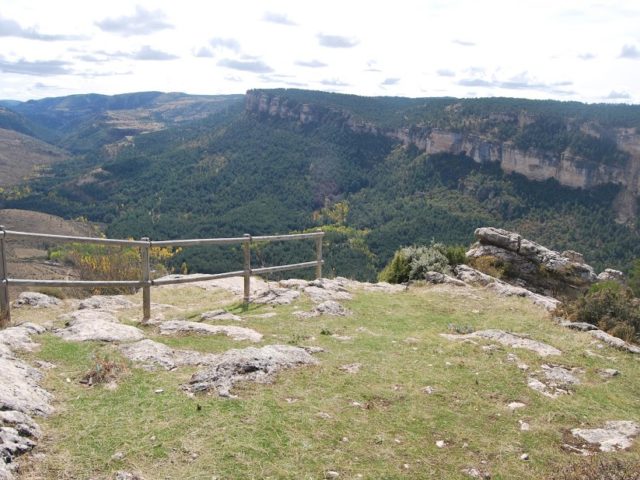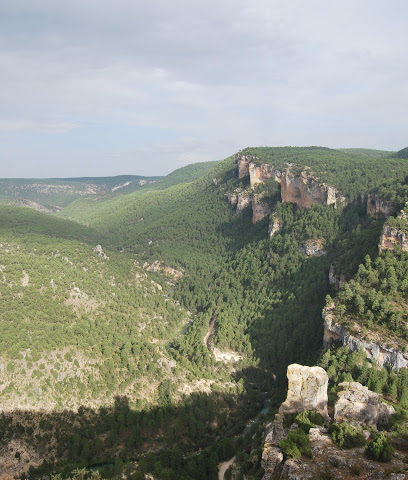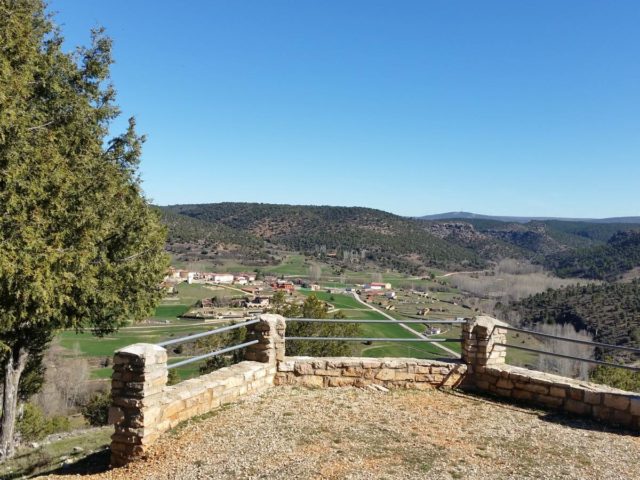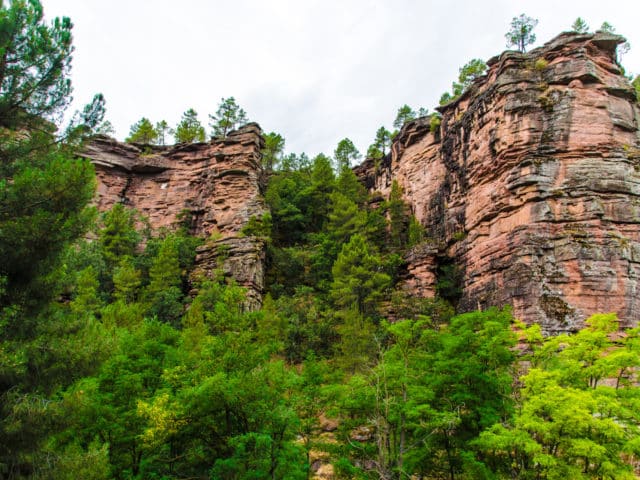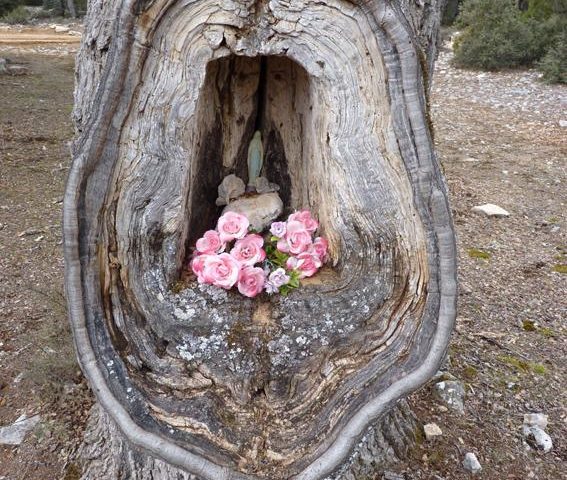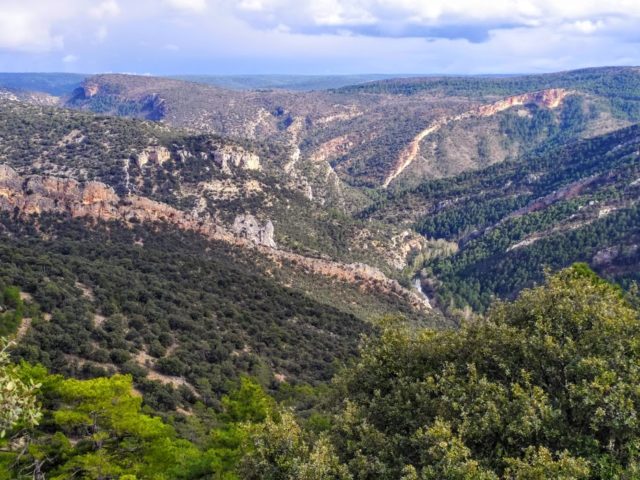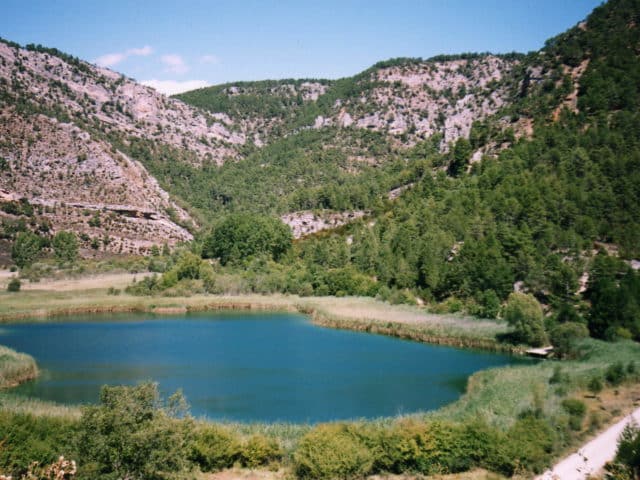The sightseeing tourism has become an increasingly popular option for travellers seeking to authentic, nature-connected experiences. In contrast to traditional tourism, which focuses on visiting monuments and landmarks, sightseeing tourism invites you to to get into the ecosystems and see wildlife in its natural habitat.
The Alto Tajowith its breathtaking landscapes, rich biodiversity and a tranquil environment.becomes a ideal destination for those who love sightseeing. Here, you can disconnecting from the hectic pace of everyday life y immerse yourself in the stillness of naturewhile you enjoy the observation of animals and plants in their purest state.
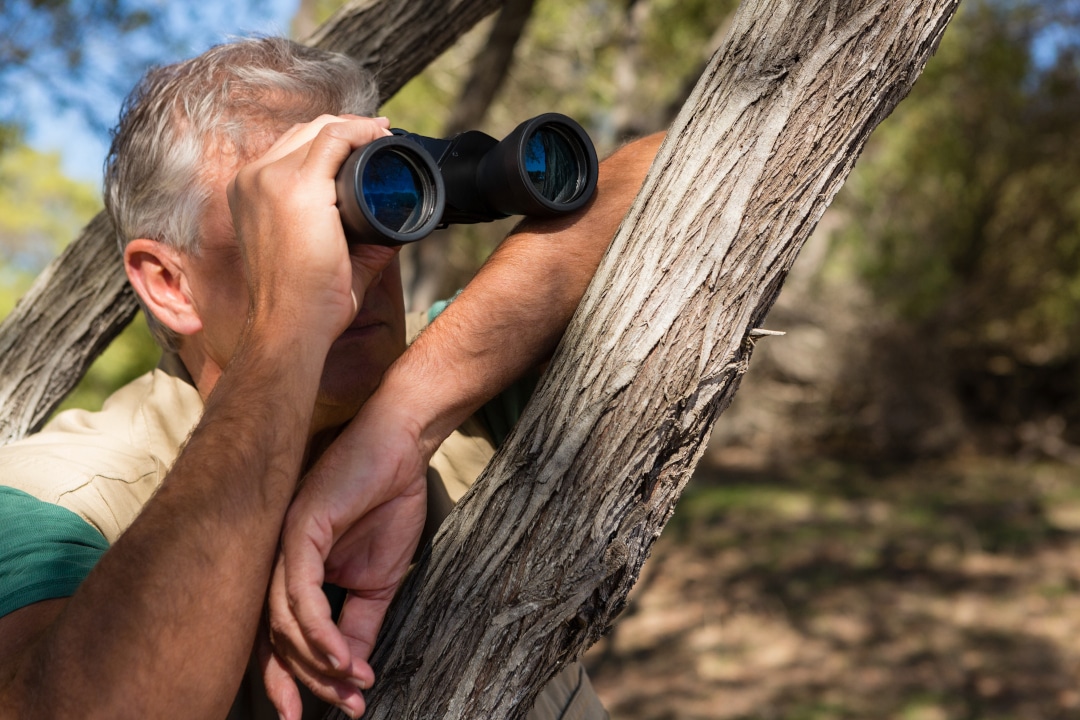
The Magic of Large Mammals
Imagine walking the trails of the Upper Tagus at dawn, with the birdsong as a soundtrack and fresh air filling your lungs. Suddenly, a majestic deer crosses your path, its imposing silhouette silhouetted against the first glow of daylight. This scene, almost fairytale-like, is just one of the many that the Upper Tagus has to offer nature lovers.
The red deer (Cervus elaphus) is perhaps the most iconic of the park's inhabitants. Every autumn, during the rutting seasonThe males fill the forest with their deep bellows, a sound that echoes for miles around and heralds the start of the mating season. This natural spectacle is a unique experience that connects visitors to the life cycle of these impressive animals.
Accompanying the deer in this symphony of the forest, los gamos (Dama dama) contribute their own concert, known as the hoarse, which resounds throughout the forests at the same time.
CALENDAR OF HIKING EVENTS
But it's not all sound and fury in the Upper Tagus. The roe deer (Capreolus capreolus)smaller and more elusive, they prefer the serenity of forest clearings and open meadows. In spring, his characteristic barkThe dog-like sound, similar to that of a dog, can be heard as they defend their territory. These elegant and agile animals are a jewel for any wildlife watcher.
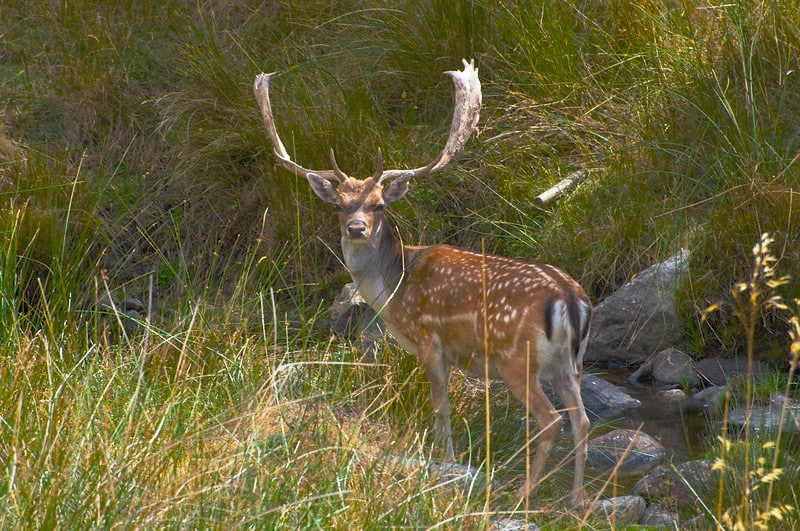
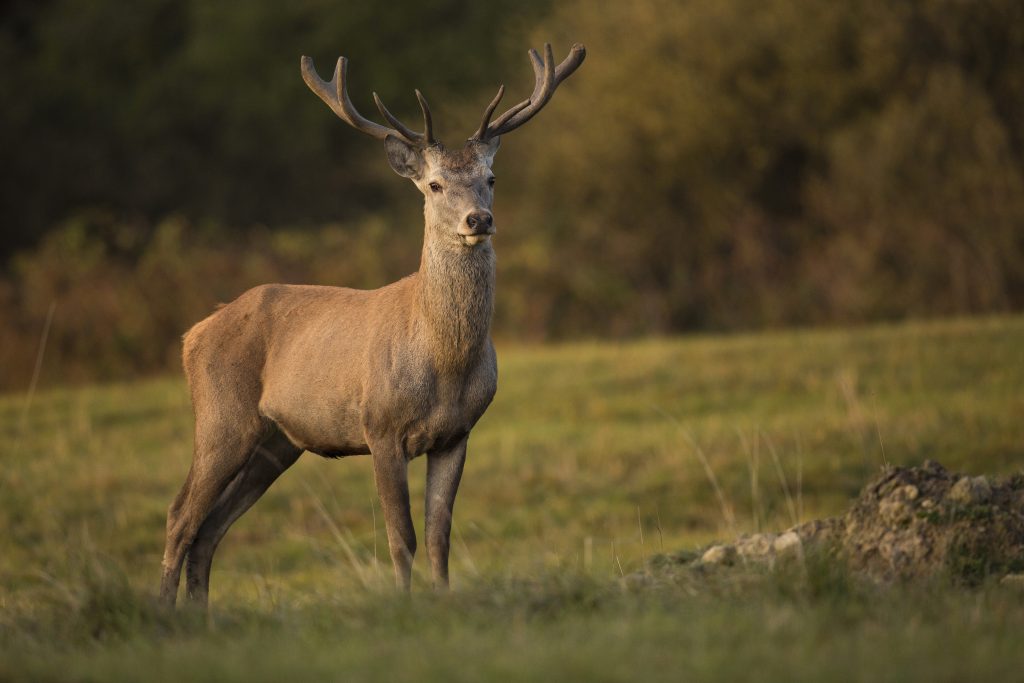
Geology
The Alto Tajo is included in the Comarca de Molina-Alto Tajo Geoparka territory with a exceptional geological heritage. This geopark is home to a wide variety of geological formations that allow us to travelling through time and understanding Earth's history. From impressive canyons sculpted by the Tagus river to ancient rock formations that date back millions of years, the Geopark offers a unique visual spectacle for geology lovers.
Some of the most important geosites of the Molina Alto Tajo Geopark are:
Under a blanket of stars: Alto Tajo, an astronomical paradise
But the experience does not end there. The Alto Tajo offers you the possibility of experiencing astronomy in a deeper way through specialised companies that will guide you on a cosmic journey through the Starlight Reserve: Skies of Guadalajara:
- Participate in astronomy workshops and courses where you will learn to identify the stars, constellations and planets.
- Guided astronomical observations with experts who will show you the treasures of the night sky through powerful telescopes.
- Enjoy unique experiences as astrophotography, dining under the stars o night-time hiking routes.
- Or simply go to our viewpoints at dusk and contemplate one of the clearest skies in Spain.
Mycology
We are in a paradise for mycology loversthanks to the wide variety of mushrooms and fungi that we can find in their different habitats. The altitude diversityranging from 700 metres above sea level to almost 1900 metres above sea level.in addition to the different rainfall and the wide variety of soil typeswhere limestones predominate but we also have acid soils as the quartzites in mountain villages as Orea, sandstones from the Riba de Saelices until La Hoz Ravine and others little surprises for the more experiencedcreate a ideal environment for the development of a wide variety of mycological species..
If you like mycologythe Upper Tagus is a ideal destination for you. You can come on your own to look for mushrooms, always respecting the environment, y collecting only the species you knowThe regulations in force in each place must be respected. But you can also book a guided tour with specialised companies who will help you identify mushrooms and teach you about their importance in the ecosystem.
Bird Watching
The Upper Tagus is a natural refuge for an impressive diversity of birds, distributed throughout its varied ecosystems. This variety of habitats provides the ideal backdrop for birdwatchingFrom open spaces and savin groves to wetlands and riverside areas. Next, we explore the main ecosystems of the Upper Tagus and the avian species that inhabit them.
Companies for comments
Look for companies or guides that will accompany you to enjoy an adventure in the Serranía de Cuenca.
Habitat Variety
The Upper Tagus is a natural refuge for an impressive diversity of birds, distributed throughout its varied ecosystems. This variety of habitats provides the ideal setting for birdwatching, from open spaces and savannahs to wetlands and riparian areas. Next, we explore the main ecosystems of the Upper Tagus and the avian species that inhabit them.
Savannahs, thickets and open spaces
In the extensive areas of juniper and scrubland Alto Tajo, as well as in its open spaces, a wide variety of birds adapted to these environments can be observed.
Among the most prominent species are the Red-backed Shrike, Garden Warbler and Ortolan Bunting. You can also see the red-rumped thrush and other birds such as the wheatear, the redwinged thrush, the blackbird, the black-winged warbler and the Cirl Bunting. These birds find their feeding and breeding grounds in these scrubland habitats, offering a visual and sonorous spectacle for observers.
Rocks
Countless birds inhabit and take advantage of the rocky cliffs of the Upper Tagus. The cliffs of the Tagus and its main tributaries are home to species of birds that nest and live in the cliffs and rocky walls.
Among the most prominent birds in these habitats are the griffon vulture, red rock thrush, Bonelli's eagle and wallcreeper. Egyptian vultures also use the cliff ledges for their nests. You can also see golden eagles, crag martins, red-billed choughs and golden swallows, among many others, which find a safe refuge in the crags.
CALENDAR OF HIKING EVENTS
Forests
The forests of the Upper Tagus, which include pine, holm oak, oak and juniper woodsThe forests are home to a rich forest avifauna. In these forests, it is possible to observe species such as the crossbill, pied warbler and citril finch. Also found are the redstart and other birds such as the booted eagle, goshawk, black-winged tit, Iberian woodpecker, crossbill and tawny owl. The diversity of trees provides both food and nesting sites for a wide variety of species, creating a mosaic of avian life.
Wetlands and lagoons
The seasonal wetlands and lagoons of the Upper Tagus are vital for many species of waterfowl and waders. During migrations, these bodies of water become essential stopover points for birds such as the coot, dunlin and plover. Other species such as purple heron, eurasian wigeon, red-crested pochard, lapwing and great crested grebe can also be seen. These wetlands not only provide water and food, but also offer a safe breeding habitat for many birds.
Riverside areas
The riparian areas of the Upper Tagus, with their rivers and streams lined with dense vegetationThe wetlands are the ideal habitat for many species of birds.
Here, observers can find the chiffchaff, pied flycatcher, dipper and wagtail. Other birds frequenting the riverbanks include the bee-eaterThe riverine vegetation provides shelter and food, making these areas a paradise for birdwatching. The riparian vegetation provides shelter and food, making these areas a paradise for birdwatching.
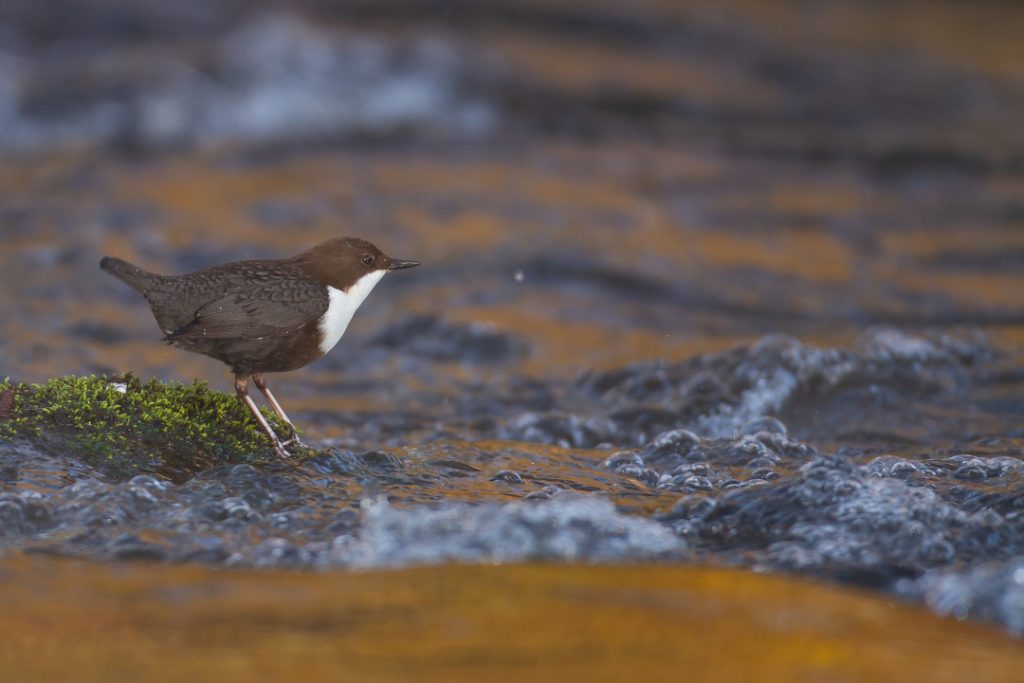

Southern Iberian System
Inside the Upper Tagus, Rewilding Spain is doing remarkable work to restoring and reintroducing species that used to inhabit these lands. In specific areas such as the Dehesa de Solanillos in Mazarete, Villanueva de Alcorón and the Altos de la Campanahave been reintroduced horses and tauros.
These animals play a crucial role in ecosystem recovery, helping to maintain the natural balance and restore habitats that had been degraded. The presence of these large herbivores also adds a new level of interest for visitors, who can observe them in their natural environment and learn about conservation and ecological restoration efforts around the world. Southern Iberian System.
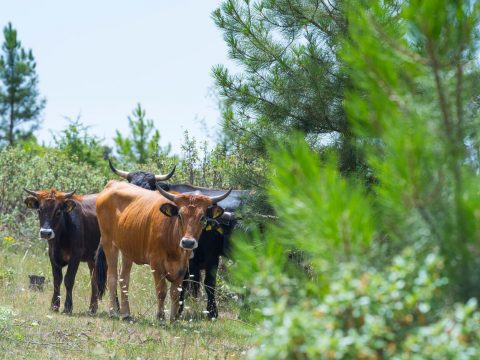
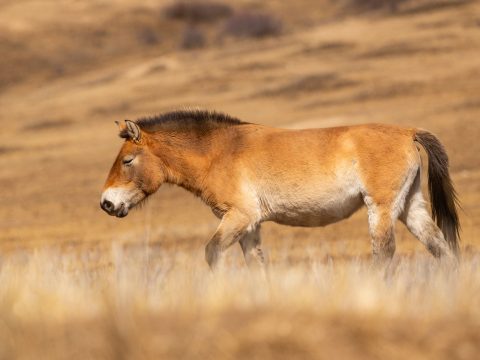
The World of Insects: Beauty in Miniature
The Upper Tagus is not only a paradise for lovers of mammals and birds, but also for birdwatchers. insect or entomology enthusiastsespecially butterflies. The diversity of plants and flowers that thrive in its varied habitats provide the perfect environment for a wide variety of Lepidoptera.
La Isabelina: The Queen of Butterflies
The Upper Tagus is a a paradise for butterfly loversThe park is home to a wide variety of species that inhabit its different habitats. Among them, it is worth mentioning the Elizabetha butterfly of great beauty which is threatened with extinction.
La Isabelina is characterised by its wings white with black spots and its elegant flight. It is possible to observe in wetlands and flowering meadowsespecially during the spring and summer months.


